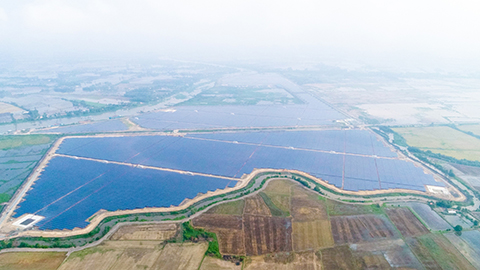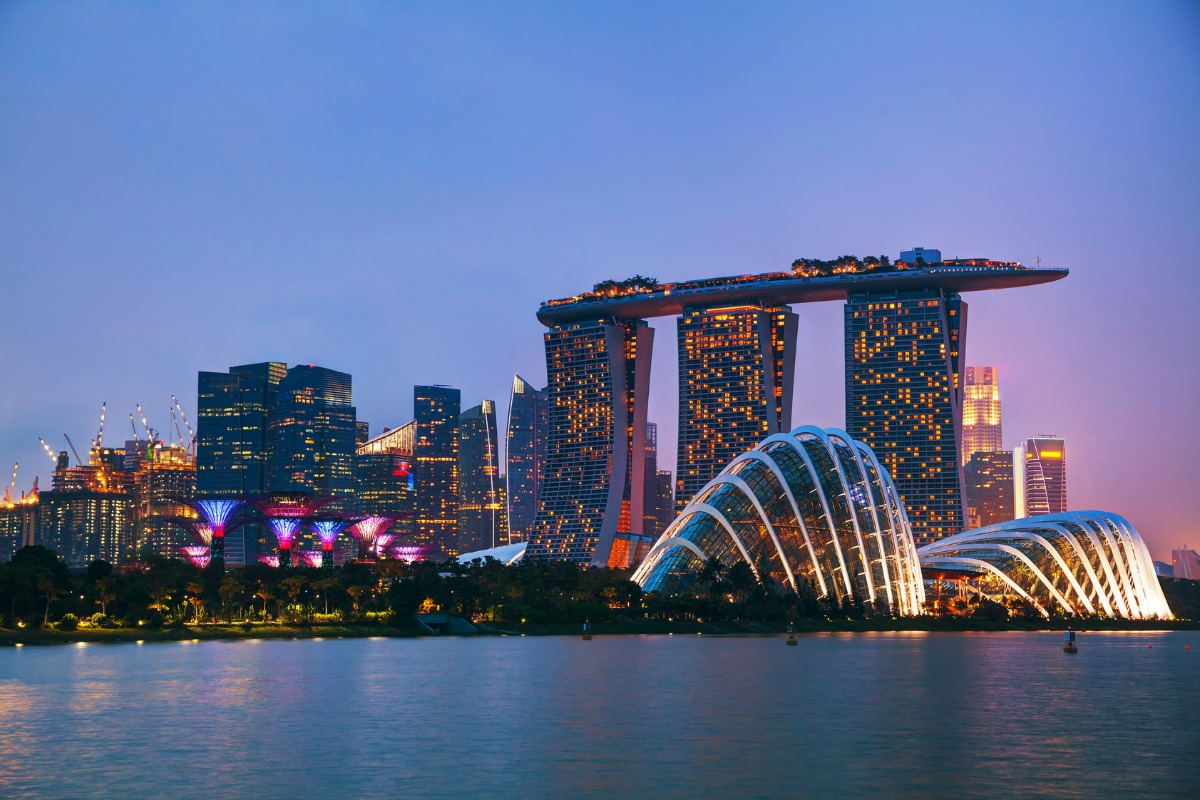- Renewables
–
- Lao PDR
VIENTIANE, April 19 (Xinhua) — For most of the villagers living along the River of Nam Tha in Bokeo province in northern Laos, they have never expected that their life would been changed so much with the Chinese-built Nam Tha 1 Hydropower Plant.
The project is the first overseas BOT (build-operation-transfer) hydropower project carried out by China Southern Power Grid under the framework of the Belt and Road Initiative.
“The place we used to live is now submerged. It’s surely a sad thing for us,” said Inkeo Keomany, 42, whose home now is the place to build the reservoir of the Nam Tha 1 Hydropower Plant.
His family has moved to a newly-merged village where people from four or five villages gather together and they are satisfied with the new home now.
“It is convenient to do business as there are more people here. Our family lives in a new house that the company has built for us, and now runs a small shop. Besides, it is convenient to travel now,” he said.
Road No. 3, which links Louang Nam Tha province with Bokeo province in northern Laos, is extremely hard to travel as it is much winding. Many poppy replacement plantations along the road tell that the region used to be a drug-ridden place because of poverty.
Traveling off the main road and driving onto a mountain path for more than one hour on a walkway, Nam Tha 1 Hydropower Plant appears in a river valley.
A total of 37 villages are submerged under the reservoir of the plant with 1,735 households of 9,296 people resettled.
In October 2018, all three units of the power plant, with an installed capacity of 168 MW, began its pre-commercial operation. The annual generation capacity is expected to reach 721 GWh, which can provide green electrical power to more than 2 million people.
In addition, the hydropower station is also expected to transmit power to the border regions of Thailand, Myanmar and Laos for sales.
In 2018, China Southern Power Grid has completed the construction of 11 relocation sites to have the migrants settled down, aiming to bring green development and prosperity to the area.
For Hadnam village near the power plant, it has the access to a reliable road to the outside world when the power plant came, and in February the Chinese company helped Hadnam village build a road linking the plant to the village. Before that vllagers had to travel by waterway to the outside towns.
“Our farmers live on weather in the past,” said 54-year-old Duangpy Vixaiphone, the village chief. “The project has boosted the development of our village. Now it’s convenient for people to travel and do business as roads have been built. And some people even have worked in Chinese companies with better incomes.”
Xiengdy Huaykham, the deputy chief of Hadnam village, has been the station’s security chief since 2014. He earns around 1.6 million Lao kip (about 190 U.S. dollars), and now he plans to raise cattle and then sell them outside the village.
For reservoir migrants, the most important thing is to seek new livelihood as the Chinese company-invested power plant has tried to recruit more locals.
Viengkeo Onxaisy, 22, works as a technician in the central control room of the power plant. “I have worked for the project for about one year. My Chinese colleagues are very friendly and nice, and they often help me when I have questions,” said the young man.
Vilaisack Thongsien, 23, has recently found a job in the power plant. He went to study operation and management of hydropower plant in Yellow River vocational and technical college of water conservancy in the city of Kaifeng in central China’s Henan Province. He, who plans to settle down near the plant, told Xinhua that “knowledge learned in China” is useful, and he is now able to work independently.
According to Xu Chenghong, deputy general manager of Nam Tha River Company of China Southern Power Grid, which is in charge of the operation of the plant, the company has put 40,000 fishes in the reservoir, and plans release more in future based on ecological needs.
“The project has enriched our life. Living condition is better than before”, said 35-year-old Sithoun Bounpaserth. He is particularly happy to see that no one set fire to the mountain over the past two to three years as in the mountainous area of Laos, villagers still rely on slash-and-burn cultivation, resulting in ecological and environmental losses.
Meanwhile, poor local education facilities weigh heavily on the mind of the Chinese.
In Nongka Middle School in Nalae, there are only five bungalows for 135 students, among which three are used as classrooms, one as teachers’ office, and one as girls’ dormitory, while the boys live in tents. As told by teachers, some students are even not able to pay the tuition fee of 1,000 Laos kip (about 0.12 U.S. cent) each month.
The Nam Tha River Company has launched a donation for the school with around 1,200 U.S. dollars plus computers, quilts, clothes, and sports equipments. Enditem














